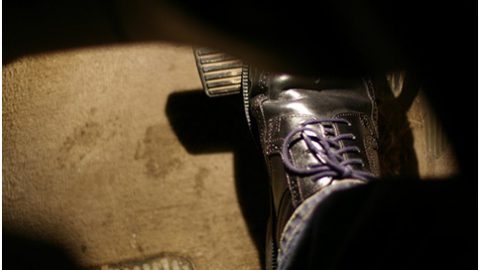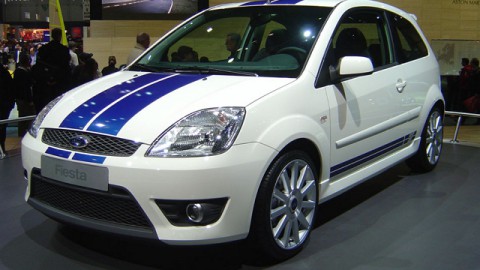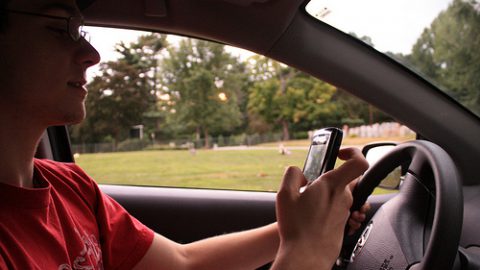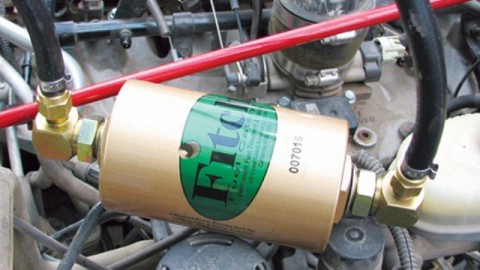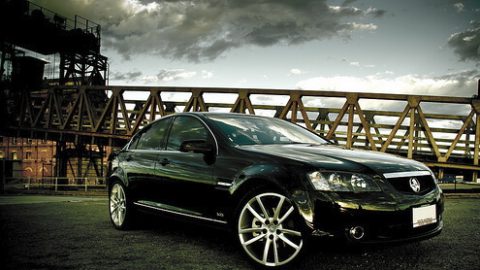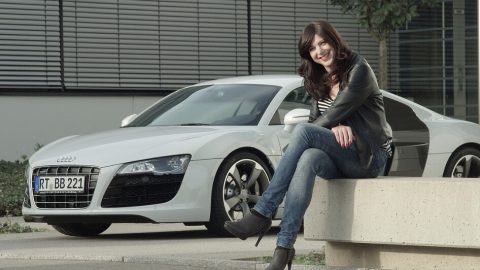Just take one look at gas prices and you’ll probably regret your decision to purchase that large truck or SUV. With gas prices hovering around $4 per gallon and no price retreat in sight, drivers are looking for ways to save on gas. Many are starting to gravitate towards eco-friendly, energy-efficient cars that are smaller in nature and cost less to fill-up every week.
However, before you run outand sign a three-year lease or purchase a compact car, you might want to consider the potential danger you could be placing yourself in. After all, if you are residing in the United States, SUVs and larger cars still rule the road and make it tough for smaller cars to survive.
Capitol-Tires.com is an independent enthusiast website and is not affiliated with or endorsed by American Tire Distributors (ATD), Nexen, Itochu or any other manufacturers and its content is solely for informational purposes. All manufacturer names, symbols, and descriptions, used in our images and text are used for identification purposes only. It is neither inferred nor implied that any item mentioned by Capitol-Tires.com is a product authorized by or in any way connected with any products/vehicle manufacturers displayed on this page. Copyright © 2025 CAPITOL-TIRES.com. All rights reserved.


